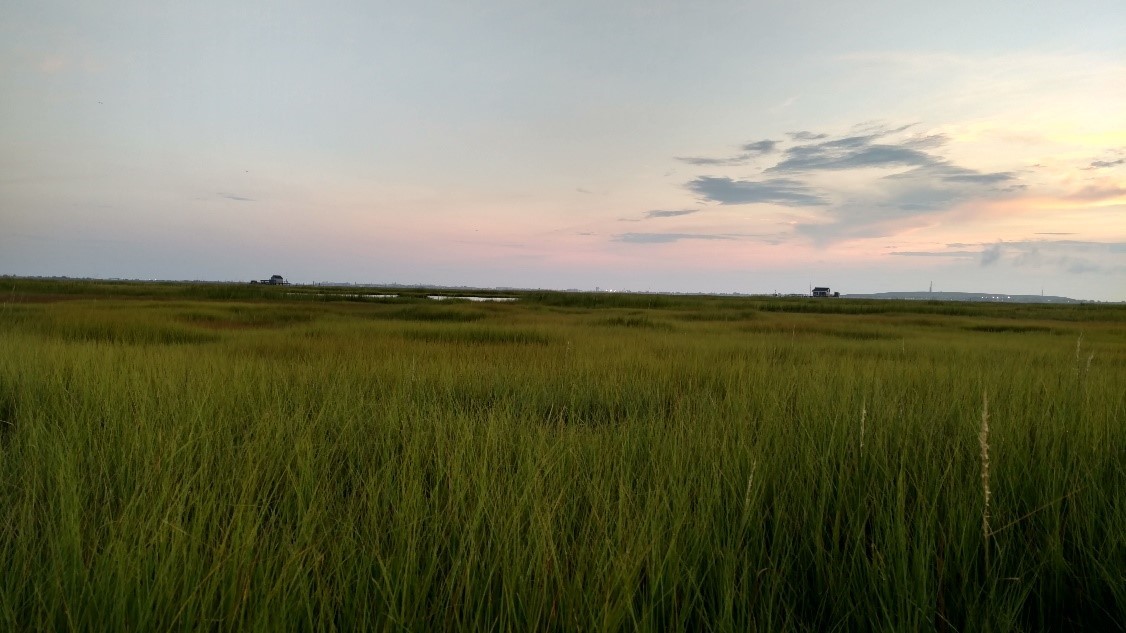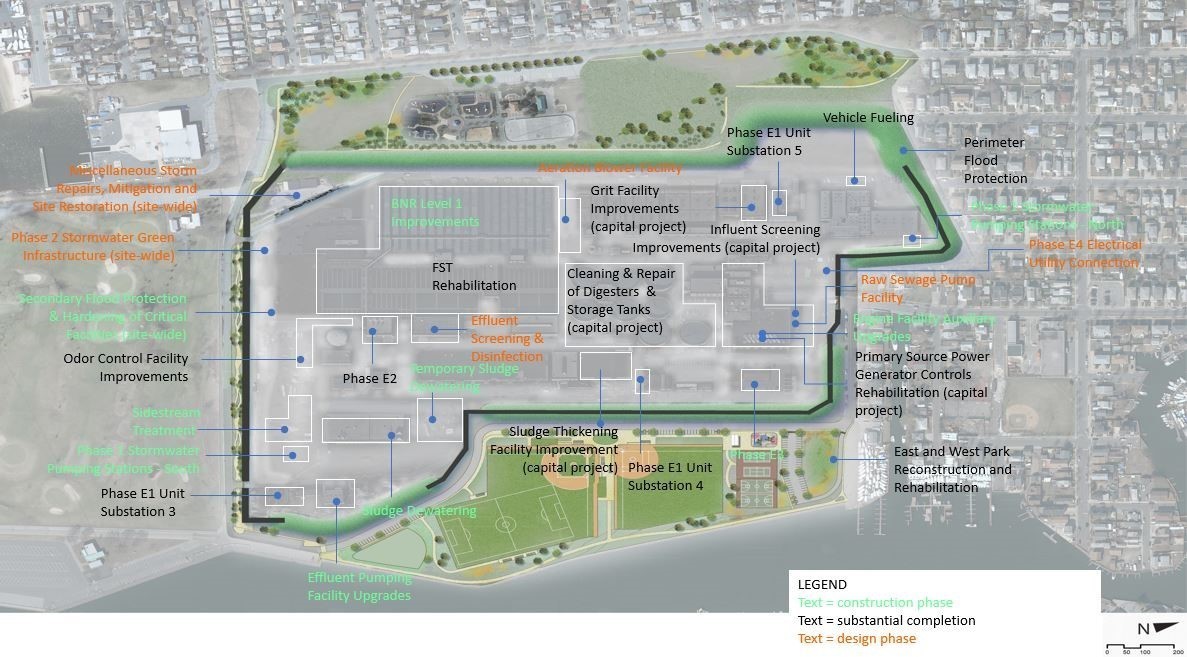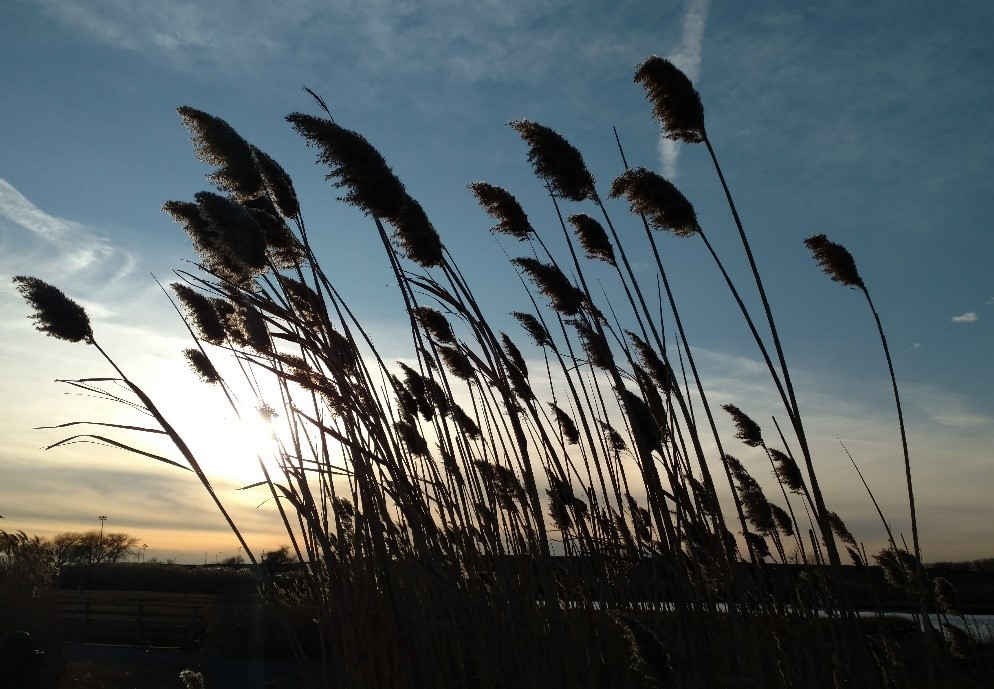Nitrogen Load Modeling for Nassau County’s Subwatersheds ReleasedA report titled Nitrogen Loading Modeling for Nassau County Subwatersheds has been released and is the result of a study to determine an initial estimate of the amount of nitrogen entering Nassau County surface waters from point and non-point sources of nitrogen. The study used the Nitrogen Loading Model, which takes into account such things as land use, population characteristics, and groundwater hydrology. Also, the model uses the most current science regarding nitrogen cycling and processes to estimate the amount of nitrogen from on-site septic systems, sewage treatment plants, fertilizer, and atmospheric deposition in 11 of the county’s subwatersheds. The findings from this study will help determine how much nitrogen will need to be removed to achieve water quality goals and guide nitrogen load reduction strategies to implement. The study was led by Stony Brook University’s School of Marine and Atmospheric Sciences (SoMAS) in partnership with the County, NYS Department of Environmental Conservation (DEC) and the Long Island Regional Planning Council. DEC is in the final stage of contracting with SoMAS to do a Nine Element Subwatersheds Plan for Nassau County. Nine Element Watershed Plans (9E) focus on identifying the causes and sources of non-point source pollution, engaging key stakeholders in the planning process and suggesting restoration and protection strategies (projects) that will address water quality concerns. Projects identified in 9E plans are eligible for federal and state funding. Nassau County, working together with SoMAS, plans to have the Nine Element Subwatersheds Plan complete in early 2021.
South Shore Water Reclamation Facility (SSWRF) ProjectsThe South Shore Water Reclamation Facility, formerly known as the Bay Park Sewage Treatment Plant, serves an overall population of approximately 530,000 residents and some commercial entities. The regional vision for the facility includes nitrogen removal, ocean outfall discharge of treated effluent, and consolidation of local wastewater treatment plants. Reconstruction and Resiliency UpgradesNassau County continues to move forward with major reconstruction and resiliency upgrades to the South Shore Water Reclamation Facility, which was severely damaged by Superstorm Sandy. These upgrades include storm protection measures including a berm and flood wall, flood gates on the north and south sides of the facility and interior pump stations to handle excess rainwater that may get into the facility. Additionally, all of the pumps that were replaced in the tunnel system are fully submersible in the event of another catastrophic weather event, and all electrical distribution and substations are elevated above the 500-year flood level.
Nitrogen RemovalThe County is implementing two projects designed to reduce the nitrogen concentration in wastewater effluent discharged from the facility. The first project, Biological Nutrient Removal (BNR), has been in construction since 2017 and is expected to be completed this summer. Modelling indicates that BNR should reduce nitrogen from 35 mg/L to 13 mg/L. The second nitrogen reduction project is a Sidestream Centrate Treatment. This technology is expected to remove ammonia-nitrogen by 90 percent or greater and 80 percent or greater of total nitrogen. The Sidestream Centrate Treatment project is currently under construction and is expected to be completed by early 2022. Together these upgrades are expected to reduce nutrient loads in effluent by approximately 50 percent in the short term and possibly near 70 percent once a new blower building is completed on the site! The Bay Park Conveyance ProjectThe Bay Park Conveyance Project will convey treated effluent from the South Shore Water Reclamation Facility (SSWRF) to the ocean outfall at the Cedar Creek Water Pollution Control Plant (WPCP) via a new pump station. A new 2-mile force main will be constructed using micro-tunneling technology from the SSWRF up to the former NYC aqueduct under Sunrise Highway. The aqueduct will be rehabilitated by installing a new lining along an approximately seven mile stretch eastward to the Wantagh-Seaford area. The county anticipates that this project will be completed by the end of 2022. The project will prevent the discharge of 18 billion gallons of treated sewage into Long Island’s Western Bays each year! Long Beach Water Pollution Control Plant Consolidation ProjectThe Long Beach Water Pollution Control Plant (WPCP) Consolidation Project involves the conversion of the Long Beach WPCP to a pump station and rerouting Long Beach sewage – up to 5 million gallons per day – to the newly upgraded SSWRF where it will be treated. The project is expected to be completed by the end of 2022. This project along with the Bay Park Conveyance Project would remove a total of approximately 55 million gallons per day of treated wastewater effluent from Reynolds Channel and the Western Bays! Point Lookout Sewer StudyNassau County was awarded $2 million to plan, design and construct sewer infrastructure for Point Lookout as part of a Long Island Regional Economic Development Award. This project aims to convert 500 residential and commercial septic systems to a sewage collection system connected to the Long Beach WPCP. The County is in the process of hiring a consultant to design the project. Nassau County Septic Improvement ProgramThe Clean Water Infrastructure Act of 2017 established the State Septic System Replacement Fund and allocated $75 million to support a multi-year effort to replace aging septic systems in priority areas across New York State. Nassau County was awarded $1 million from this fund to initiate a septic improvement program. The County will use this funding to provide single family households with 50 percent of replacement costs, up to $10,000 for failing septic systems. These systems, similar to Suffolk County’s Reclaim Our Waters Program, would need to reduce nitrogen effluent concentrations by 30 percent or more. The County’s intention is to launch the program this year with a public announcement to residents residing in the geographic areas that would be eligible for applying for a grant. Currently, a website is being designed that will enable homeowners to apply online. The Nassau County Soil and Water Conservation District will administer the program with funding provided by the Long Island Regional Planning Council.
|
Footer
Contact
STAY INFORMED
Enter your email address to receive email updates from the LIRPC:






